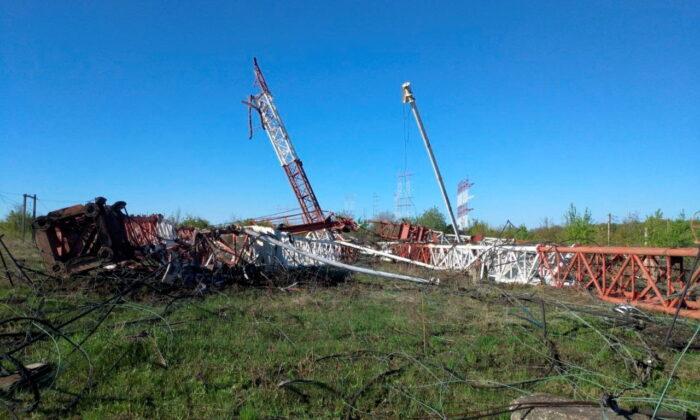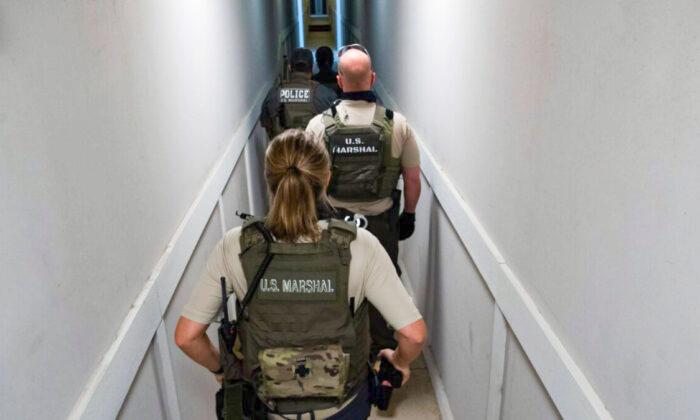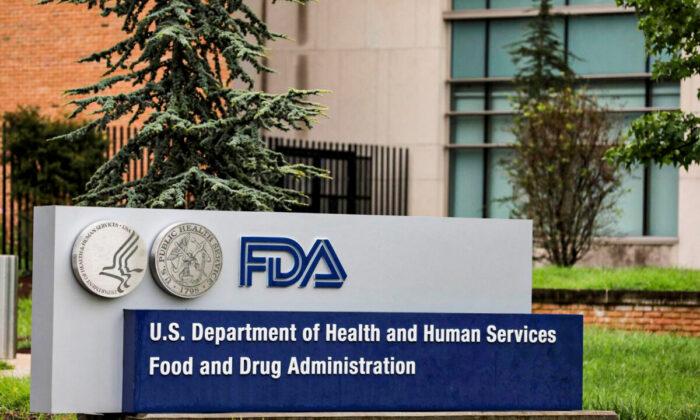The United States will begin to see a “spike” in confirmed coronavirus cases as the nation ramps up its testing this week, the White House coronavirus response director warned on March 15.
“For those of you who watched China, and China reporting, remember when they changed their definition and all of a sudden there was a blip in their curve? We are going to see that,” Dr. Deborah Birx said at a briefing by the White House Coronavirus Task Force on Sunday.
Birx said that the United States will see a surge in cases of the novel coronavirus as “more and more people have access” to the tests this week.
With limited testing available, U.S. officials have recorded nearly 3,000 cases and 65 deaths, up from 58 on Saturday. Globally more than 162,000 are infected and thousands have died.
Starting this week, drive-through coronavirus testing sites will begin to open in every state, with the ability to test between 2,000 to 4,000 individuals daily, on top of other forms of testing the Trump administration announced at the briefing.
“We believe we’ve created a model based on the public health and the FEMA system that is optimized that can be used for drive-through or potentially walk-through,” said Admiral Brett Giroir, the Assistant Secretary for Health and head of the Public Health Service.
“Each of these pod-based units we believe can screen 2,000 to 4,000 individuals a day for testing, with all of the appropriate personal protective gear and linkage to the public health system, including testing,” he added.
Giroir said the testing sites will begin to be rolled out in a number of states, starting with the states both hardest hit by COVID-19—the disease caused by the novel coronavirus—and those where cases are beginning to surge.
The states of Washington, New York, California, and Massachusetts have been some of the worst affected by the virus.
“You will see these sites rolling out progressively over the week. We will start shipping gear, stuff, tomorrow,“ Giroir said. ”We will start deploying officers tomorrow and Tuesday.”
“We will begin seeing these sites, in addition to the ones springing up now, during this week. We will have the capability of testing tens of thousands of additional people through these sites every week, in addition to all the capabilities that will now be distributed in the 2,000 laboratories and the major central core laboratories,” Giroir added.
Vice President Mike Pence, head of the task force, said at the press conference that at least 10 states now have the availability of drive-through testing for the coronavirus.
Relax, Don’t Stockpile
Giroir and Birx, meanwhile, urged the public to prioritize those most vulnerable to the virus—the elderly and those with preexisting conditions or compromised immune systems—and the healthcare providers treating them.“We ask you to prioritize them and prioritize them in the lines,” Birx said. “It’s a response for all of America, for Americans.”
Pence urged those who do not have symptoms of the disease not to seek testing.
President Donald Trump urged Americans not to stockpile groceries and other supplies as he assured that grocers would remain open and that the supply chain remained healthy.
Trump said he held a call with more than two dozen grocery store and supply chain executives to discuss their response to the coronavirus outbreak.
“You don’t have to buy so much,” Trump said at the White House briefing. “Take it easy. Just relax.”
Trump acknowledged that the virus was “very contagious” but asserted that his administration had “tremendous control” over the spread of the disease.
Trump said he was also “very happy” that the Federal Reserve announced Sunday it was taking emergency action to slash its benchmark interest rate to near zero. The central bank also announced it would buy $700 billion in Treasury and mortgage bonds.
“It’s really great for our country,” Trump said of the central bank’s actions.
Pence said that he and the president would brief the nation’s governors on Monday “specifically about our expanding testing to the American people,” and that the federal government will release updated guidance concerning restaurants, bars, and other establishments.
The CDC also recommends individuals choose a room and bathroom in their household where infected members can be separated from those who are healthy, to prevent transmission of the disease. Sharing of personal items such as food and drinks should be avoided, and infected household members should wear disposable protective masks at home.
Those who are experiencing symptoms of COVID-19, or have infected household members, should remain at home to avoid spreading the virus to others, the CDC recommends.





